Fundamentals of
Power Electronics
SECOND EDITION
�
Fundamentals of
Power Electronics
SECOND EDITION
Robert W. Erickson
Dragan
University of Colorado
Boulder, Colorado
KLUWER ACADEMIC PUBLISHERS
NEW YORK, BOSTON, DORDRECHT, LONDON, MOSCOW
�
0-306-48048-4
eBook ISBN:
Print ISBN: 0-7923-7270-0
©2004 Kluwer Academic Publishers
New York, Boston, Dordrecht, London, Moscow
Print ©2001 Kluwer Academic/Plenum Publishers
New York
All rights reserved
No part of this eBook may be reproduced or transmitted in any form or by any means, electronic,
mechanical, recording, or otherwise, without written consent from the Publisher
Created in the United States of America
Visit Kluwer Online at:
and Kluwer's eBookstore at:
http://kluweronline.com
http://ebooks.kluweronline.com
�
Dedicated to
Linda, William, and Richard
Lidija, Filip, Nikola, and Stevan
�
Contents
Preface
1
Introduction to Power Processing
Several Applications of Power Electronics
Elements of Power Electronics
Introduction
1.1
1.2
1.3
References
Converters in Equilibrium
Principles of Steady State Converter Analysis
I
2
2.1
2.2
2.3
2.4
2.5
Introduction
Inductor Volt-Second Balance, Capacitor Charge Balance, and the Small-Ripple
Approximation
Boost Converter Example
uk Converter Example
Estimating the Output Voltage Ripple in Converters Containing Two-Pole
Low-Pass Filters
Summary of Key Points
2.6
References
Problems
3
Steady-State Equivalent Circuit Modeling, Losses, and Efficiency
3.1
3.2
3.3
The DC Transformer Model
Inclusion of Inductor Copper Loss
Construction of Equivalent Circuit Model
xix
1
1
7
9
11
13
13
15
22
27
31
34
34
35
39
39
42
45
�
viii
Contents
3.6
References
Problems
4
Switch Realization
3.4
3.5
4.1
4.2
4.3
4.4
References
Problems
Inductor Voltage Equation
Capacitor Current Equation
Complete Circuit Model
Efficiency
3.3.1
3.3.2
3.3.3
3.3.4
How to Obtain the Input Port of the Model
Example: Inclusion of Semiconductor Conduction Losses in the Boost
Converter Model
Summary of Key Points
Single-Quadrant Switches
Current-Bidirectional Two-Quadrant Switches
Voltage-Bidirectional Two-Quadrant Switches
Four-Quadrant Switches
Synchronous Rectifiers
Switch Applications
4.1.1
4.1.2
4.1.3
4.1.4
4.1.5
A Brief Survey of Power Semiconductor Devices
4.2.1
4.2.2
4.2.3
4.2.4
4.2.5
Switching Loss
4.3.1
4.3.2
4.3.3
4.3.4
Summary of Key Points
Power Diodes
Metal-Oxide-Semiconductor Field-Effect Transistor (MOSFET)
Bipolar Junction Transistor (BJT)
Insulated Gate Bipolar Transistor (IGBT)
Thyristors (SCR, GTO, MCT)
Transistor Switching with Clamped Inductive Load
Diode Recovered Charge
Device Capacitances, and Leakage, Package, and Stray Inductances
Efficiency vs. Switching Frequency
5
The Discontinuous Conduction Mode
Origin of the Discontinuous Conduction Mode, and Mode Boundary
Analysis of the Conversion Ratio M(D,K)
Boost Converter Example
Summary of Results and Key Points
5.1
5.2
5.3
5.4
Problems
6
Converter Circuits
6.1
Circuit Manipulations
6.1.1
6.1.2
6.1.3
Inversion of Source and Load
Cascade Connection of Converters
Rotation of Three-Terminal Cell
46
46
47
48
50
52
56
56
57
63
65
65
67
71
72
73
74
75
78
81
86
88
92
93
96
98
100
101
102
103
107
108
112
117
124
126
131
132
132
134
137
�
Contents
ix
Differential Connection of the Load
Full-Bridge and Half-Bridge Isolated Buck Converters
Forward Converter
Push-Pull Isolated Buck Converter
Flyback Converter
Boost-Derived Isolated Converters
Isolated Versions of the SEPIC and the
Converter
Switch Stress and Utilization
Design Using Computer Spreadsheet
6.2
6.3
6.4
6.1.4
A Short List of Converters
Transformer Isolation
6.3.1
6.3.2
6.3.3
6.3.4
6.3.5
6.3.6
Converter Evaluation and Design
6.4.1
6.4.2
Summary of Key Points
6.5
References
Problems
Converter Dynamics and Control
AC Equivalent Circuit Modeling
II
7
7.1
7.2
7.3
7.4
7.5
Averaging the Inductor Waveforms
Discussion of the Averaging Approximation
Averaging the Capacitor Waveforms
The Average Input Current
Perturbation and Linearization
Construction of the Small-Signal Equivalent Circuit Model
Discussion of the Perturbation and Linearization Step
Results for Several Basic Converters
Example: A Nonideal Flyback Converter
Introduction
The Basic AC Modeling Approach
7.2.1
7.2.2
7.2.3
7.2.4
7.2.5
7.2.6
7.2.7
7.2.8
7.2.9
State-Space Averaging
7.3.1
7.3.2
7.3.3
7.3.4
Circuit Averaging and Averaged Switch Modeling
7.4.1
7.4.2
7.4.3
7.4.4
7.4.5
7.4.6
The Canonical Circuit Model
7.5.1
Obtaining a Time-Invariant Circuit
Circuit Averaging
Perturbation and Linearization
Switch Networks
Example: Averaged Switch Modeling of Conduction Losses
Example: Averaged Switch Modeling of Switching Losses
Development of the Canonical Circuit Model
The State Equations of a Network
The Basic State-Space Averaged Model
Discussion of the State-Space Averaging Result
Example: State-Space Averaging of a Nonideal Buck–Boost Converter
138
143
146
149
154
159
161
165
168
171
171
174
177
177
179
185
187
187
192
193
194
196
197
197
201
202
204
204
213
213
216
217
221
226
228
229
232
235
242
244
247
248
�
x
Contents
7.5.2
7.6
7.7
References
Problems
Example: Manipulation of the Buck–Boost Converter Model
into Canonical Form
Canonical Circuit Parameter Values for Some Common Converters
7.5.3
Modeling the Pulse-Width Modulator
Summary of Key Points
8
Converter Transfer Functions
8.1
8.2
8.3
Single Pole Response
Single Zero Response
Right Half-Plane Zero
Frequency Inversion
Combinations
Quadratic Pole Response: Resonance
The Low-Q Approximation
Approximate Roots of an Arbitrary-Degree Polynomial
Review of Bode Plots
8.1.1
8.1.2
8.1.3
8.1.4
8.1.5
8.1.6
8.1.7
8.1.8
Analysis of Converter Transfer Functions
8.2.1
8.2.2
8.2.3
Graphical Construction of Impedances and Transfer Functions
8.3.1
8.3.2
8.3.3
8.3.4
8.3.5
Graphical Construction of Converter Transfer Functions
Measurement of AC Transfer Functions and Impedances
Summary of Key Points
Series Impedances: Addition of Asymptotes
Series Resonant Circuit Example
Parallel Impedances: Inverse Addition of Asymptotes
Parallel Resonant Circuit Example
Voltage Divider Transfer Functions: Division of Asymptotes
Example: Transfer Functions of the Buck–Boost Converter
Transfer Functions of Some Basic CCM Converters
Physical Origins of the RHP Zero in Converters
8.4
8.5
8.6
References
Problems
9
Controller Design
9.1
9.2
Introduction
Effect of Negative Feedback on the Network Transfer Functions
9.2.1
Feedback Reduces the Transfer Functions
from Disturbances to the Output
Feedback Causes the Transfer Function from the Reference Input
to the Output to be Insensitive to Variations in the Gains in the
Forward Path of the Loop
9.2.2
9.3
9.4
Construction of the Important Quantities 1/(1 + T) and T/(1 + T)
and the Closed-Loop Transfer Functions
Stability
250
252
253
256
257
258
265
267
269
275
276
277
278
282
287
289
293
294
300
300
302
303
305
308
309
311
313
317
321
322
322
331
331
334
335
337
337
340
�
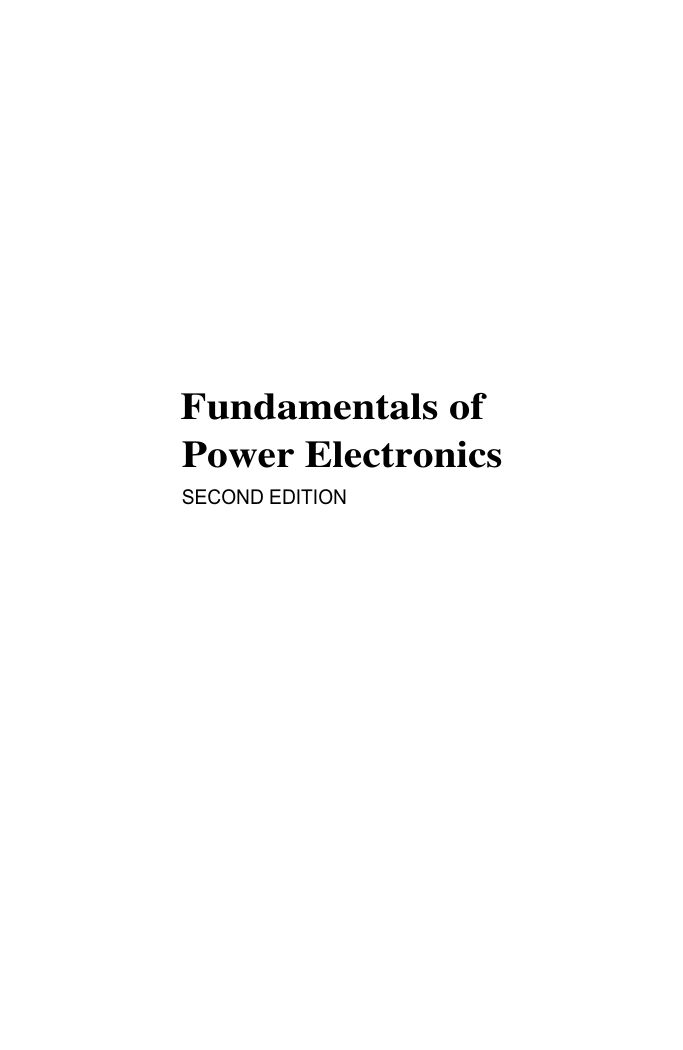
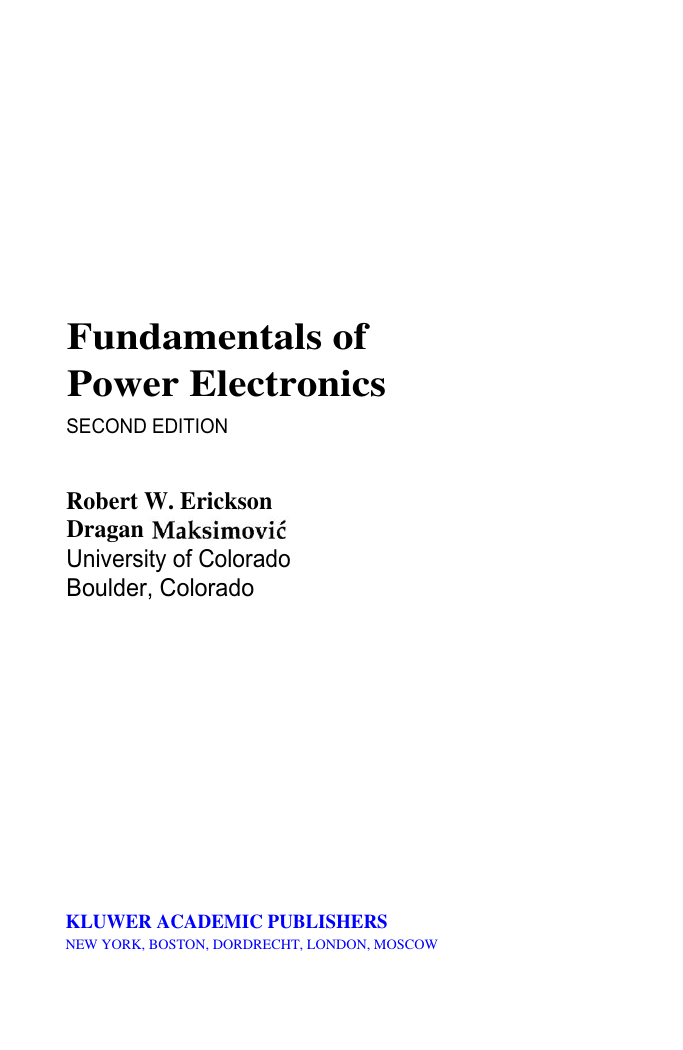
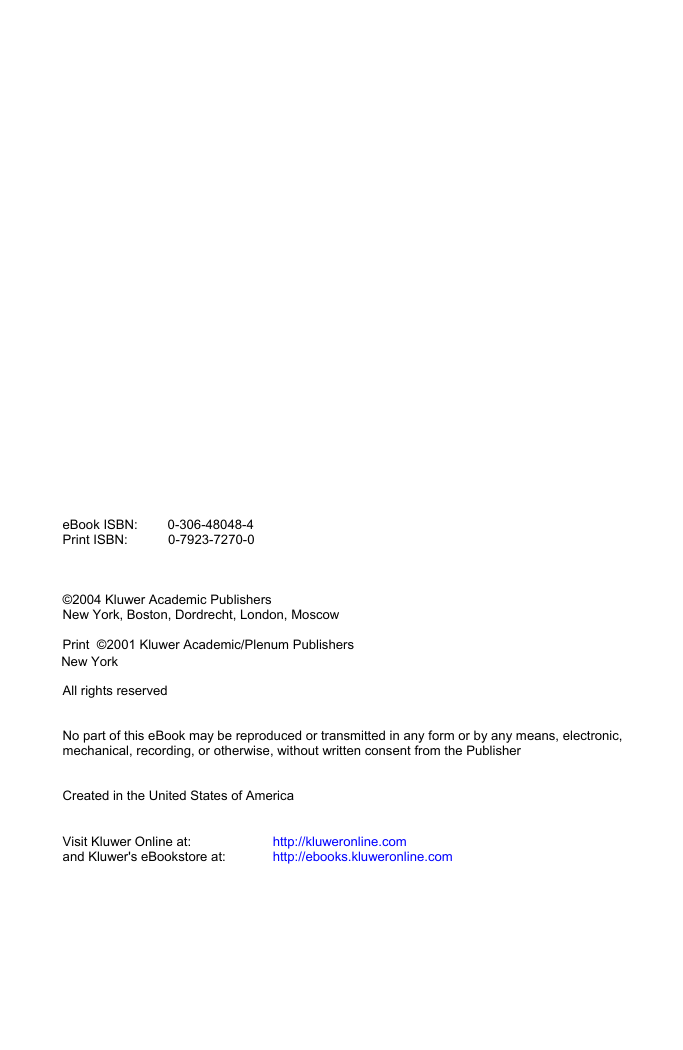
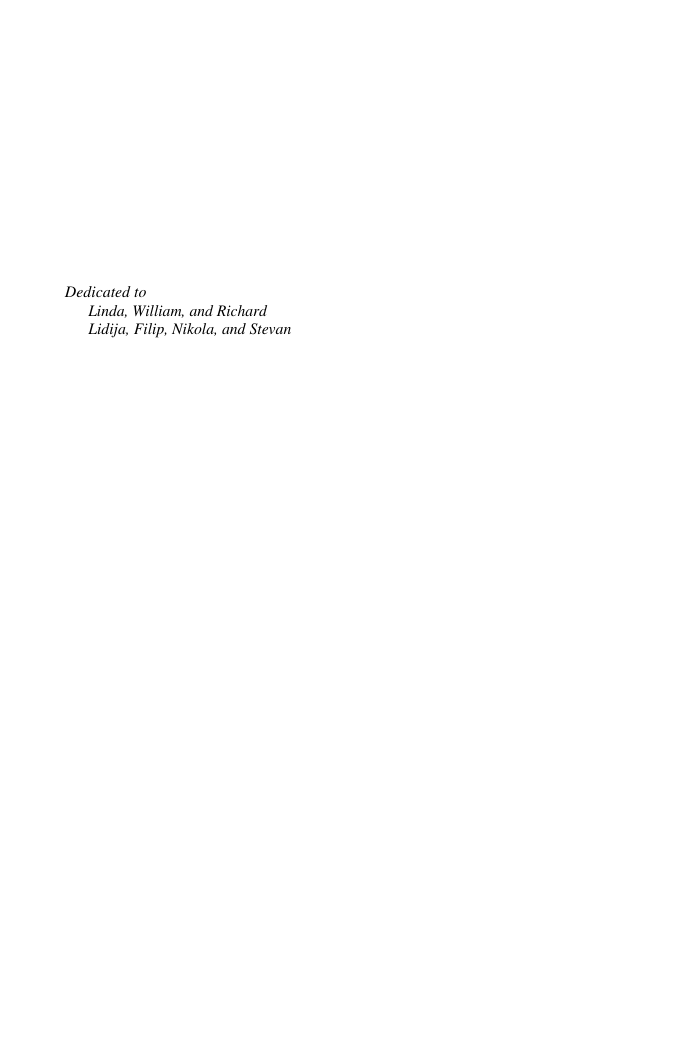

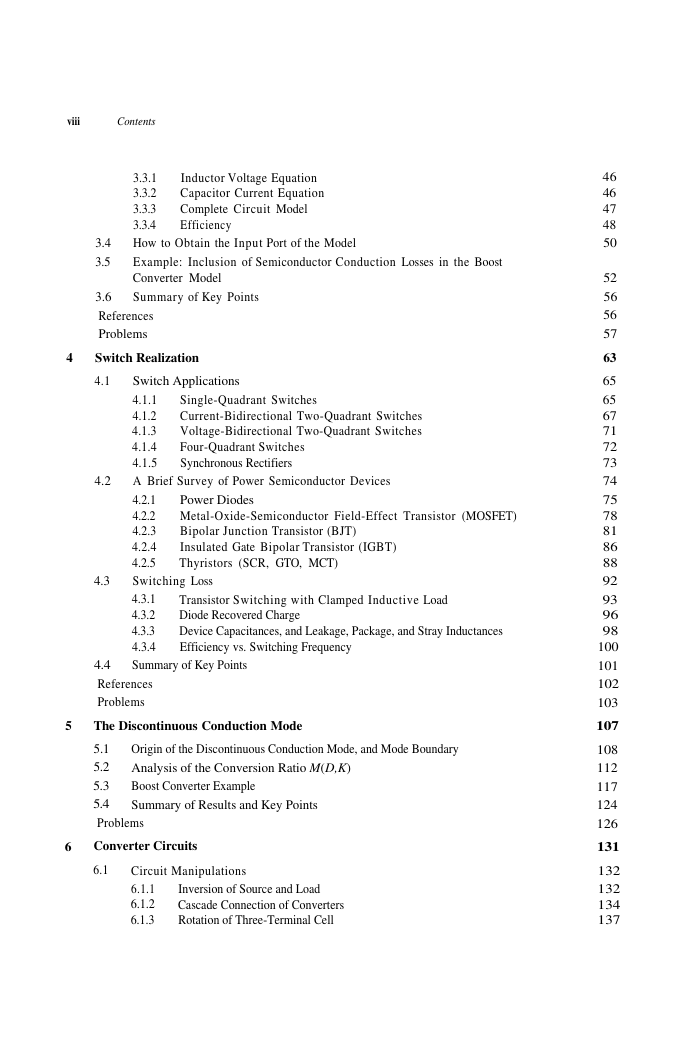

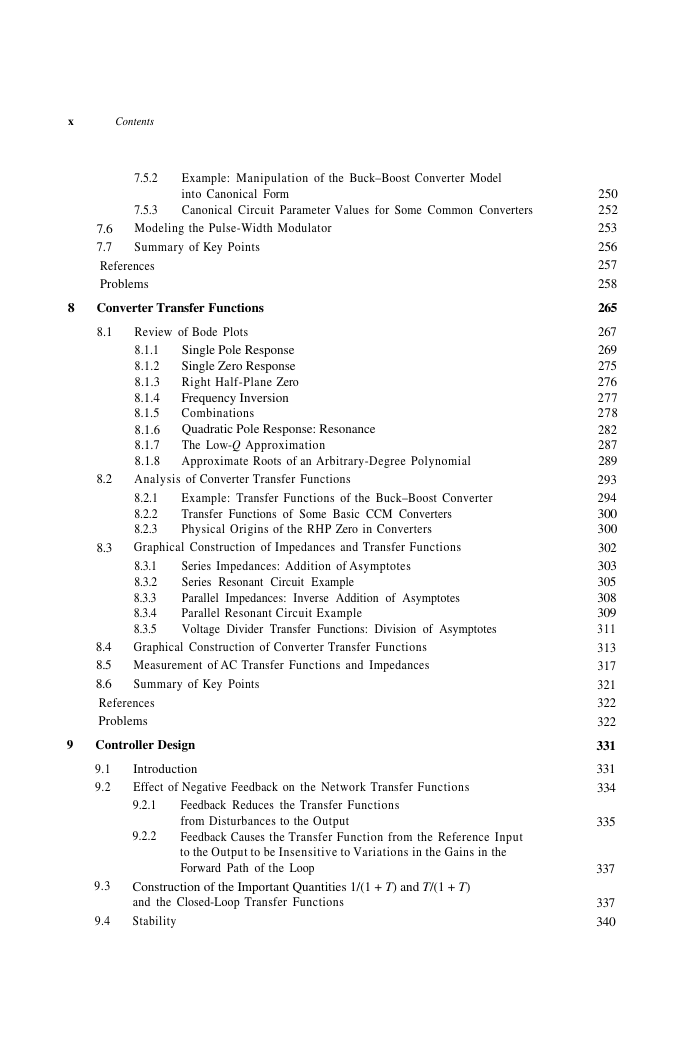








 2023年江西萍乡中考道德与法治真题及答案.doc
2023年江西萍乡中考道德与法治真题及答案.doc 2012年重庆南川中考生物真题及答案.doc
2012年重庆南川中考生物真题及答案.doc 2013年江西师范大学地理学综合及文艺理论基础考研真题.doc
2013年江西师范大学地理学综合及文艺理论基础考研真题.doc 2020年四川甘孜小升初语文真题及答案I卷.doc
2020年四川甘孜小升初语文真题及答案I卷.doc 2020年注册岩土工程师专业基础考试真题及答案.doc
2020年注册岩土工程师专业基础考试真题及答案.doc 2023-2024学年福建省厦门市九年级上学期数学月考试题及答案.doc
2023-2024学年福建省厦门市九年级上学期数学月考试题及答案.doc 2021-2022学年辽宁省沈阳市大东区九年级上学期语文期末试题及答案.doc
2021-2022学年辽宁省沈阳市大东区九年级上学期语文期末试题及答案.doc 2022-2023学年北京东城区初三第一学期物理期末试卷及答案.doc
2022-2023学年北京东城区初三第一学期物理期末试卷及答案.doc 2018上半年江西教师资格初中地理学科知识与教学能力真题及答案.doc
2018上半年江西教师资格初中地理学科知识与教学能力真题及答案.doc 2012年河北国家公务员申论考试真题及答案-省级.doc
2012年河北国家公务员申论考试真题及答案-省级.doc 2020-2021学年江苏省扬州市江都区邵樊片九年级上学期数学第一次质量检测试题及答案.doc
2020-2021学年江苏省扬州市江都区邵樊片九年级上学期数学第一次质量检测试题及答案.doc 2022下半年黑龙江教师资格证中学综合素质真题及答案.doc
2022下半年黑龙江教师资格证中学综合素质真题及答案.doc